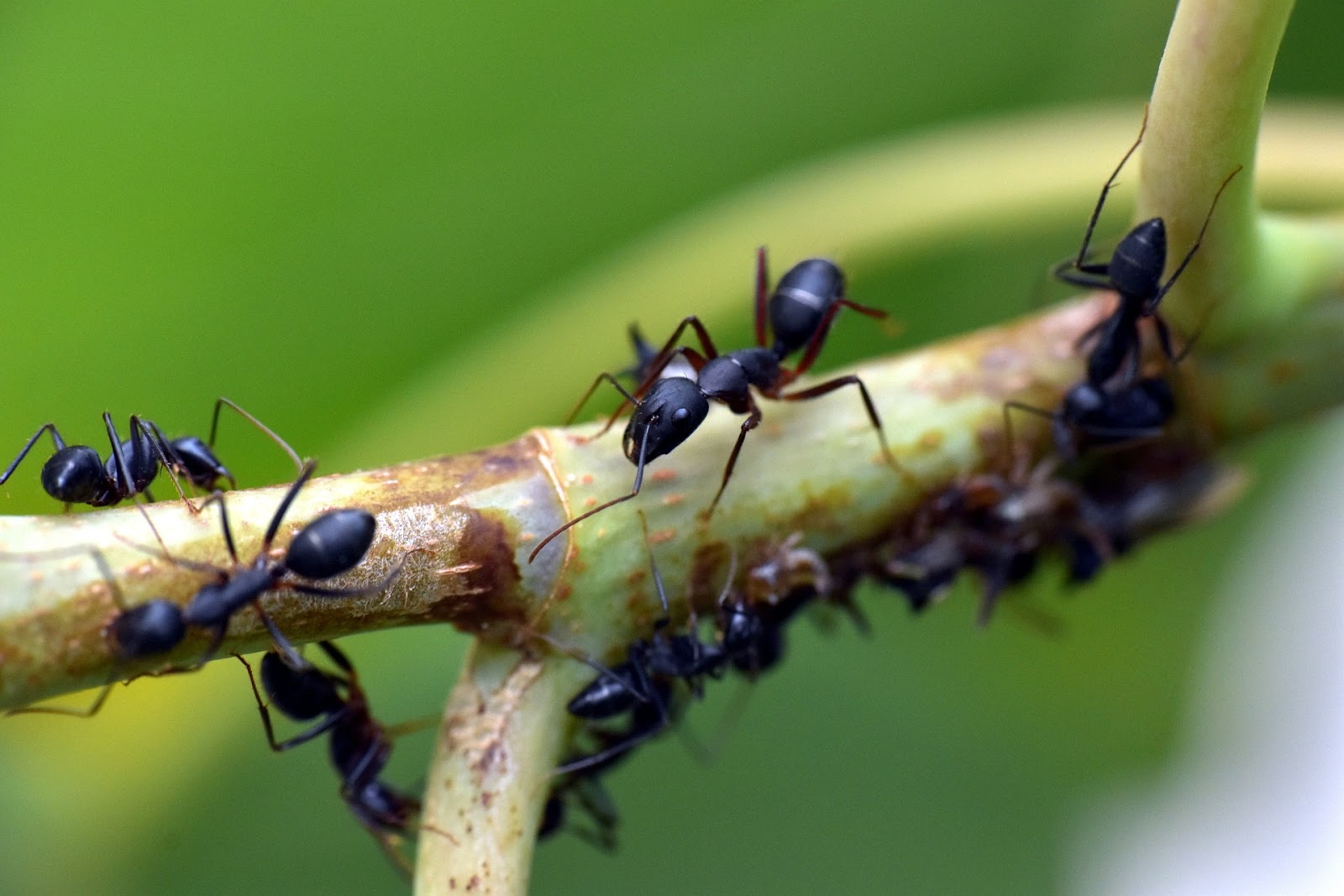Ants are a fascinating group of insects that are known for their complex social behavior, sophisticated communication systems, and efficient division of labor. They are members of the family Formicidae, which is part of the order Hymenoptera and the class Insecta. There are more than 12,000 known ant species, with many more yet to be discovered, and they are found all over the world, except for the poles and some islands.
The life of an ant begins as an egg, which is laid by a fertilized queen ant. Once the egg hatches, the ant emerges as a larvae, which is fed and cared for by adult ants. As the larvae grows, it goes through several molts, or shedding of its exoskeleton, before finally emerging as an adult.
One of the most striking characteristics of ants is their complex social behavior. Ants live in organized colonies, or nests, which can range in size from a few individuals to millions. Each colony is led by one or more queens, whose sole job is to lay eggs. The rest of the colony is divided into three main castes: workers, soldiers, and reproductive males and females (if the colony is not a monogyne colony).
Workers are the most numerous members of the colony, and they are responsible for foraging for food, caring for the young, and maintaining the nest. Soldiers are larger than workers and have bigger jaws, which they use to defend the colony against predators. Reproductive males and females are responsible for mating and starting new colonies.
Ants have a sophisticated system of communication, which they use to coordinate their activities and share information about food sources and potential threats. They use a combination of chemical signals, called pheromones, and physical cues to communicate.
Ants also use pheromones to mark trails, which they use to find their way back to the nest and to food sources. They are able to remember the path they took and communicate it to other ants in the colony, which helps to ensure that they are able to find food even in unfamiliar areas.
Ants have a highly developed division of labor, which allows them to efficiently use the resources available to them. They forage for food in organized groups, with each ant taking on a specific role, such as scout, forager, or recruiter.
In terms of diet, ants are opportunistic feeders and can eat a wide variety of food, such as seeds, nectar, other insects and sometimes even small vertebrates like lizards, depending on the species. Some species of ants are also known to farm other insects or even other ants, tending to and protecting them for the sake of their honeydew excretion.
Ants also play important roles in their ecosystems, acting as seed dispersers and helping to control pests. However, they can also be a nuisance to humans, as they can damage crops and invade homes.
Despite their small size, ants have a big impact on the world around them. Their complex social behavior and highly developed division of labor have made them one of the most successful groups of insects on the planet. While they may be a nuisance to humans at times, it is important to remember the important role they play in the ecosystem and to treat them with respect.
In conclusion, Ants are incredibly diverse and fascinating creatures, and their colonies are highly organized and structured societies that operate with a division of labor and sophisticated communication system. Their ecological roles are diverse and important, from seed dispersal, pest control and soil aeration to nutrient cycling. They are also a model for studying the evolution of complex societies and behavior.



Comments
Post a Comment